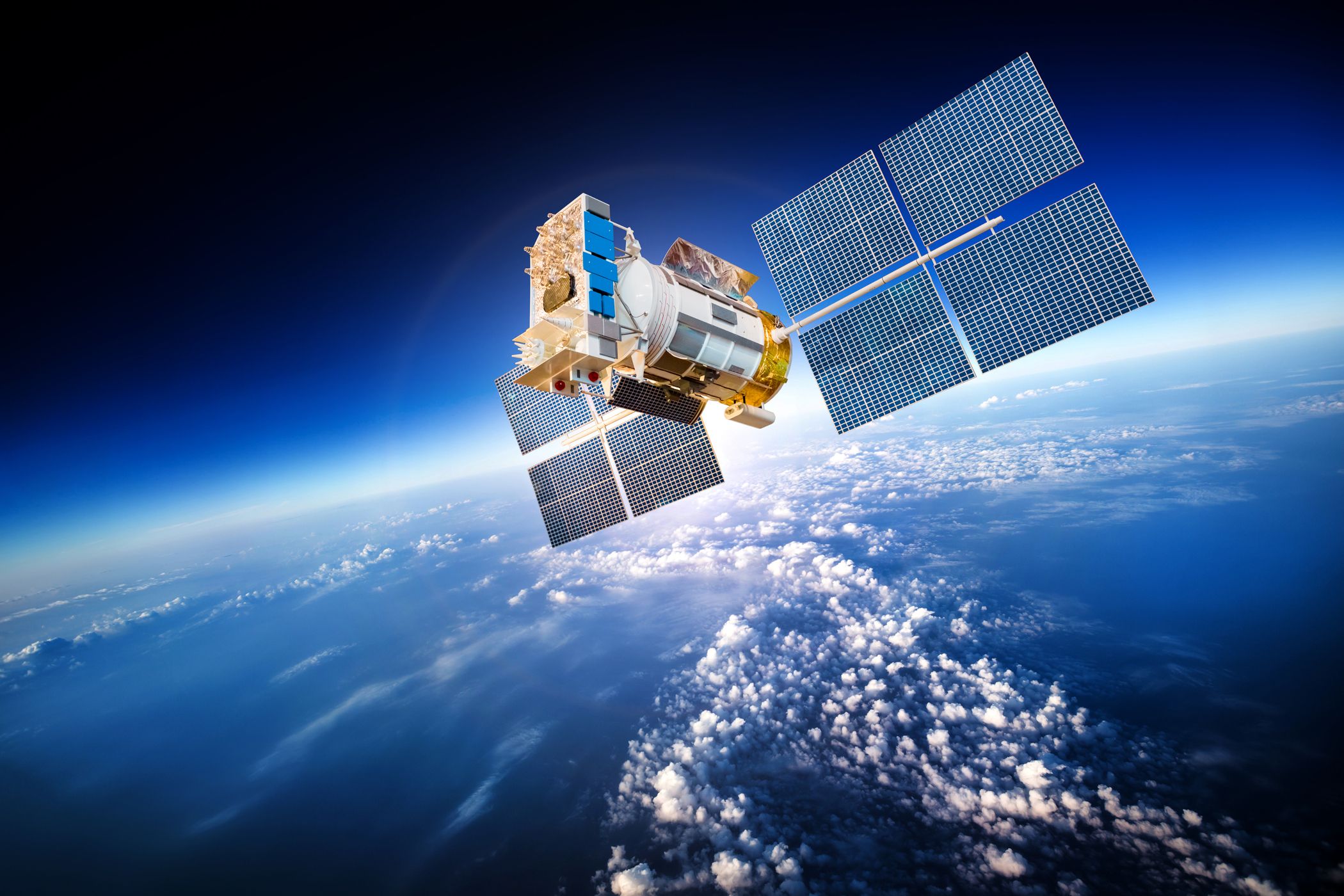
Bluetooth has been around for several decades now, and its importance cannot be understated. It’s one of the most common methods to connect devices to other devices, and it’s what we use with our game controllers, our earbuds, our speakers, and countless other devices. Soon, it might gain an important role outside of our planet Earth as well.
Hubble Network, a Seattle-based startup, has made a technological breakthrough by successfully connecting a standard Bluetooth device to a satellite in orbit. This unprecedented achievement opens vast possibilities for the Internet of Things (IoT). Hubble’s initial satellites, launched in March, have already received signals from Bluetooth chips over 600 kilometers away.
It’s quite an important development taking into account the fact that Bluetooth has historically been a reliable, but short range method of connection, as evidenced by stuff such as the fact that your earbuds disconnect from your phone if you get a few rooms away. So how did we get from a signal that just started working through walls relatively recently to a signal that can make it all the way out of our atmosphere? For now, the solution involves using a phased array antenna as a magnifying glass that can take the otherwise short-range, low-power radio waves from the ground. If the implementation remains like this, we’d imagine it would work pretty similarly to how phones like the iPhone 15 currently connect to satellites, just with a more standard Bluetooth protocol instead of specific satellite antennae/hardware.
Whether this will result in a strong connection for now remains to be seen, but at the moment. this is a work in progress. The company envisions a wide range of applications for their technology, including logistics, cattle tracking, smart pet collars, child safety wearables, construction monitoring, and precision agriculture. Hubble’s solution addresses the longstanding challenges of power consumption, cost, and network limitations that have hampered the widespread adoption of Bluetooth-powered IoT devices.
If this is going to become a thing, we might have to have to wait a long while before we actually see remotely useful implementations. In the meantime, regular satellite connections will remain the method of choice for smartphones.
Source: TechCrunch, Interesting Engineering

